Asparagus Propagation: Learn How To Propagate Asparagus Plants
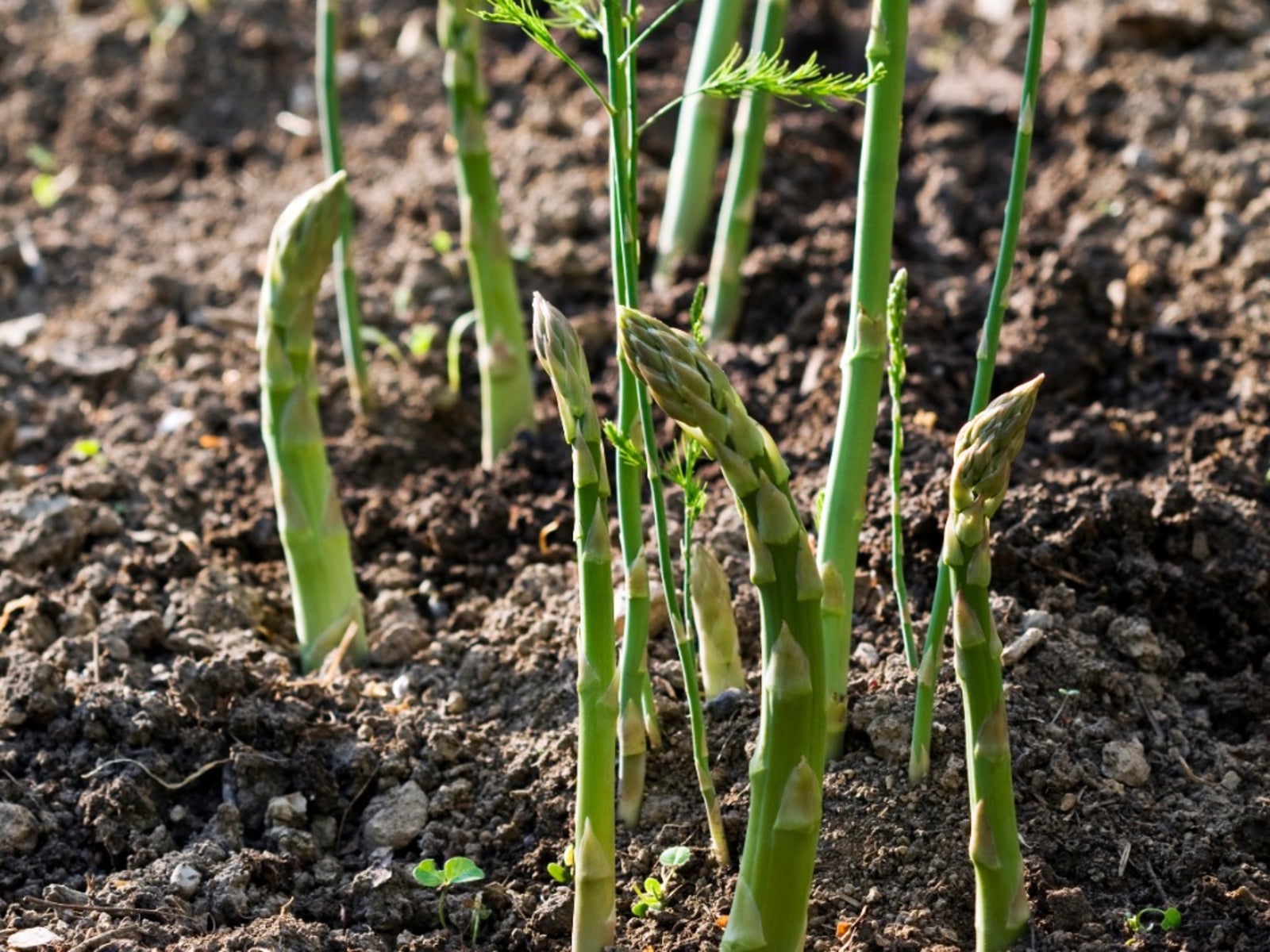

Tender, new asparagus shoots are one of the first crops of the season. The delicate stems rise from thick, tangled root crowns, which produce best after a few seasons. Growing asparagus plants from division is possible, but the most common method is from root crowns. Learn how to propagate asparagus in your zone for a wonderful spring perennial crop.
How to Propagate Asparagus
Asparagus root crowns must be one year old before they'll produce any stems. Plants started from seed will need an extra year before they reach that point. Established asparagus plots yield even more plants when you dig up the crowns, divide, and replant them. All three methods of propagating asparagus plants are simple ways to introduce asparagus to your home garden. You can start harvesting the spears when the plants are in the ground for two years. By the third year, you will be getting larger and thicker spears, but over time, they get smaller and less robust. This is when you know it is time to divide the original crown.
Growing Asparagus from Seeds
Older asparagus plants produce red berries, which contain seeds. These come from the spears after they are allowed to turn into ferns at the end of the season. Seeds are viable if they have not experienced freezing temperatures. Collect the berries, crush them, and separate out the seed. Soak the seed to remove the rest of the pulp and then dry it out for a few days. Store the seed in a cool, dry location and then plant in spring. The best results are from seeds started indoors and then transplanted out after all danger of frost has passed. Asparagus propagation by seed is cheap but it will require two years before you see the first shoots.
Asparagus Crown Division
Asparagus propagation by division is one of the most common methods. When production of spears slows down over several years, it is time to cut the root into pieces. Dig up the root in late fall after the last ferns have died back. Cut it into several pieces, each with plenty of healthy root attached. Replant them then or wait until spring after the last frost. Store the roots in a mesh or paper bag filled with sawdust if you chose the latter. Roots from asparagus crown division will need another year to establish and produce spears.
Asparagus Growing Conditions
No matter which method you use for propagating asparagus plants, they must have well-drained soil with a moderate pH. Amend the soil with generous amounts of compost, leaf litter, and other rich organic components. Harvest the spears until they become small and spindly. Then allow them to fern. This allows the plant to gather energy for the following season's spear production. Cut the ferns back when they die. Remember, asparagus roots will spread over time but diminish in production. Divide them every three years or so for a non-stop harvest year after year.
Gardening tips, videos, info and more delivered right to your inbox!
Sign up for the Gardening Know How newsletter today and receive a free copy of our e-book "How to Grow Delicious Tomatoes".

Bonnie Grant is a professional landscaper with a Certification in Urban Gardening. She has been gardening and writing for 15 years. A former professional chef, she has a passion for edible landscaping.
-
 Looking For Plants To Give You The Soft And Fuzzies? Try These 5 Fuzzy Leaf Plant Options
Looking For Plants To Give You The Soft And Fuzzies? Try These 5 Fuzzy Leaf Plant OptionsLovers of texture, drama, silver foliage and tactile plants will adore these special sensory garden additions. These fuzzy leaf plant options will leave you all aglow
By Susan Albert
-
 Get Ready For A Summer Of Hummers! Grow These Full Sun Hummingbird Plants and Flowers
Get Ready For A Summer Of Hummers! Grow These Full Sun Hummingbird Plants and FlowersIf you’re lucky enough to enjoy a sunny backyard, make sure you are maxing out on your pollinator opportunities and grow these full sun hummingbird plants and flowers
By Tonya Barnett
-
 What Is White Asparagus – How Does White Asparagus Grow
What Is White Asparagus – How Does White Asparagus GrowHere's a real head-scratcher. There are no varieties of white asparagus! So how does white asparagus grow? Read on to find out.
By Laura Miller
-
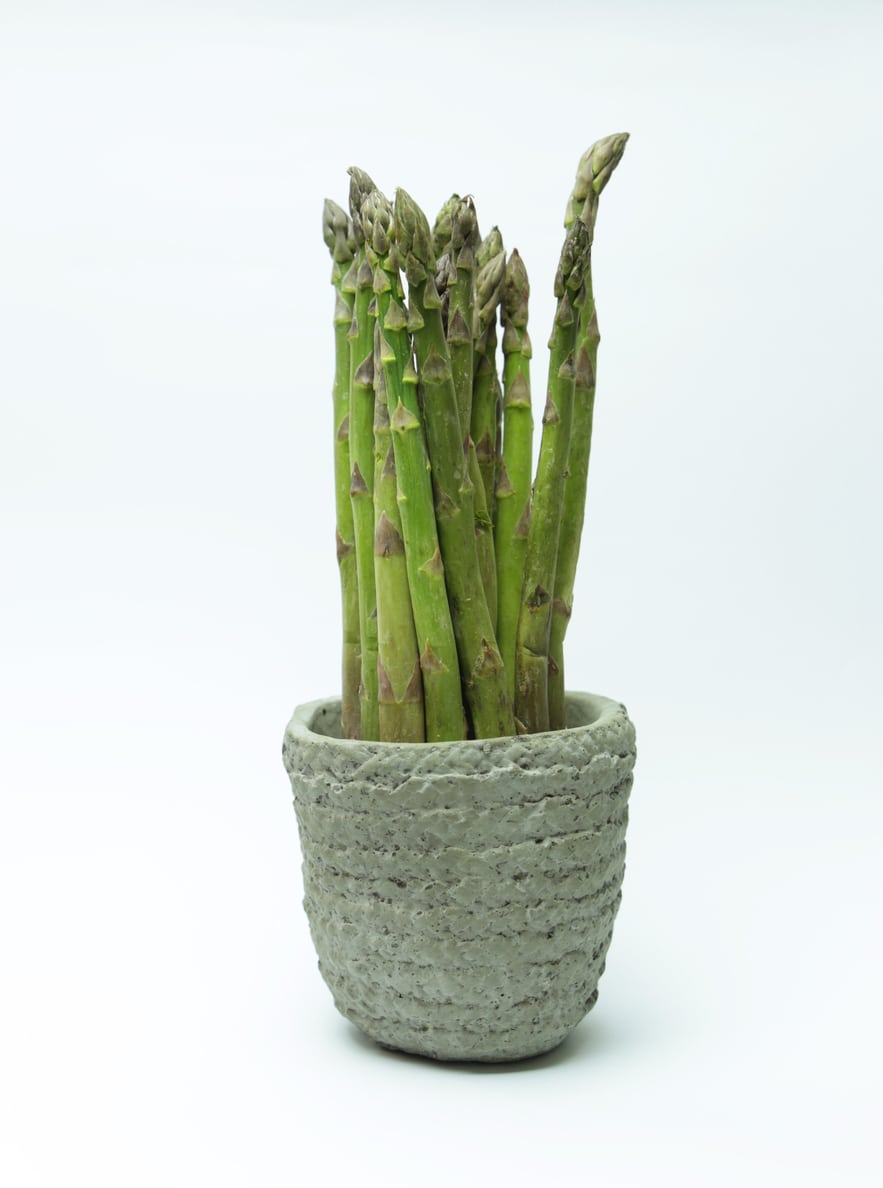 Potted Asparagus Plants – Can You Grow Asparagus In Containers
Potted Asparagus Plants – Can You Grow Asparagus In ContainersThe introduction of new asparagus cultivars has made the process of growing and caring for these plants easier than ever before. But can you grow asparagus in a pot? Click on the following article to learn more about container grown asparagus plants.
By Tonya Barnett
-
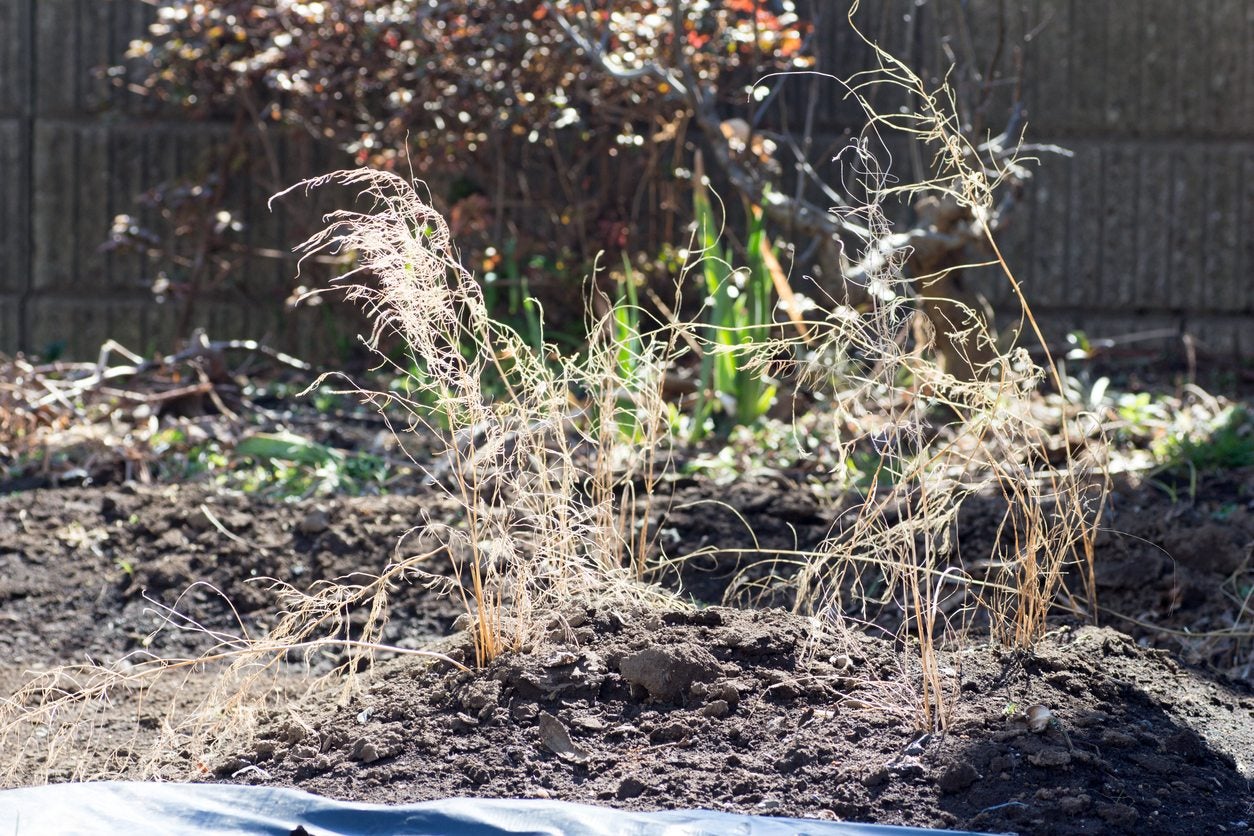 Asparagus Winter Care: Tips On Winterizing Asparagus Beds
Asparagus Winter Care: Tips On Winterizing Asparagus BedsOnce established, asparagus is fairly low maintenance with the exception of keeping the area weed free and watering, but what about overwintering asparagus plants? Do asparagus need winter protection? Find out in this article.
By Amy Grant
-
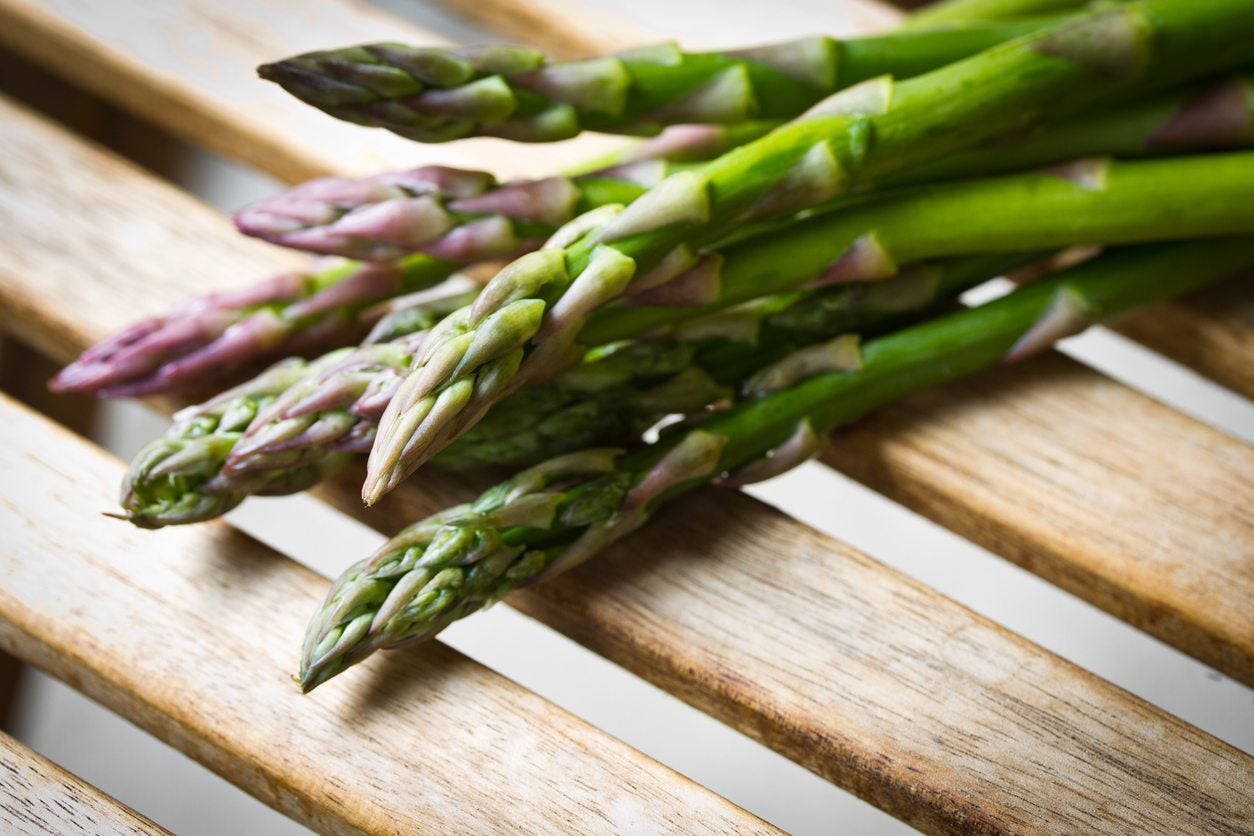 What’s The Difference Between Male And Female Asparagus Plants
What’s The Difference Between Male And Female Asparagus PlantsWe all know that some plants have male reproductive organs and some have female and some have both. How about asparagus? Are there really male or female asparagus? If so, what's the difference between male and female asparagus? Find out here.
By Amy Grant
-
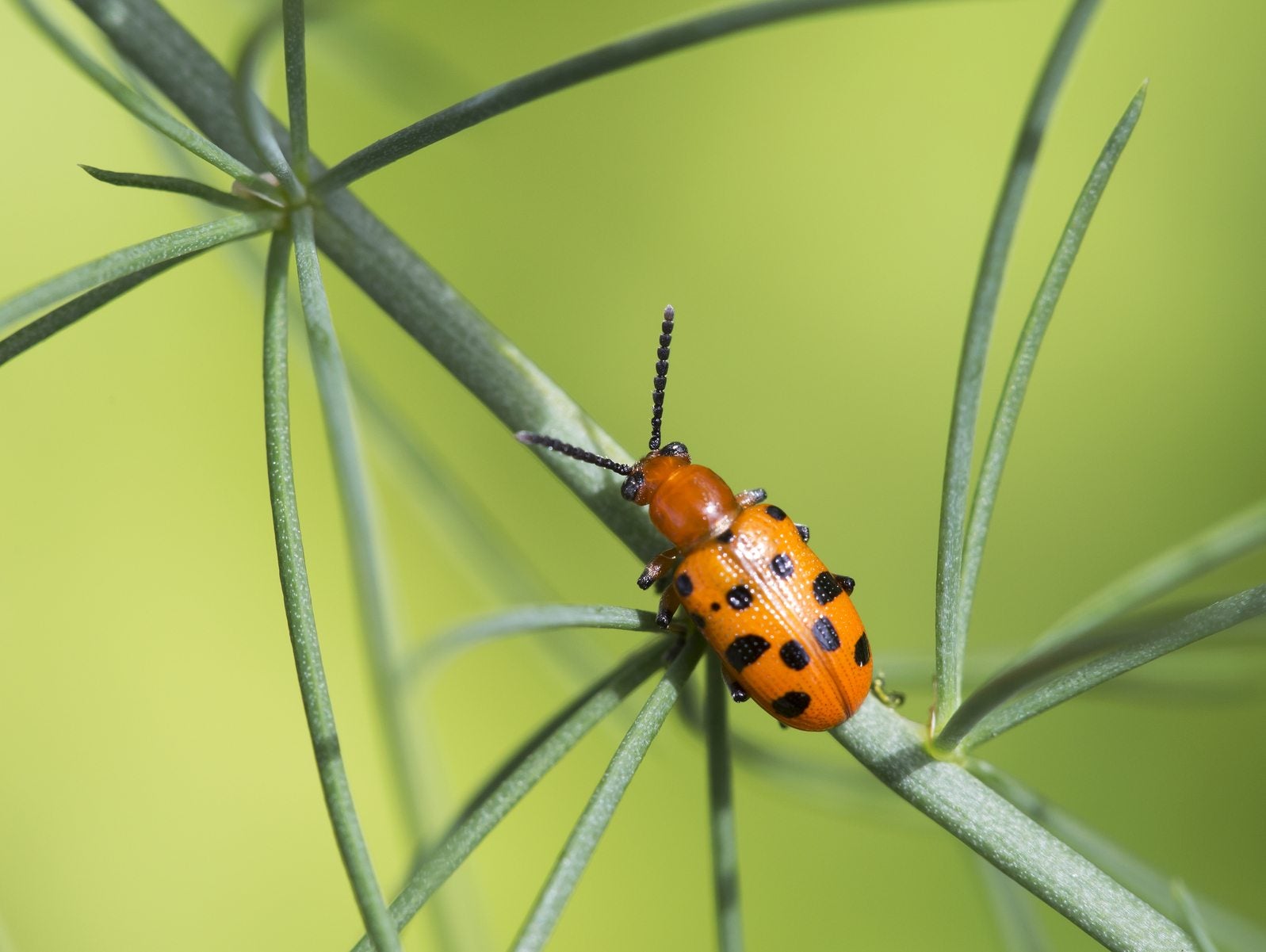 Spotted Asparagus Beetle Facts: Controlling Spotted Asparagus Beetles In Gardens
Spotted Asparagus Beetle Facts: Controlling Spotted Asparagus Beetles In GardensIt can be especially devastating when an asparagus patch falls victim to pests. One very common asparagus pest is the spotted asparagus beetle. Learn some spotted asparagus beetle facts and how to prevent spotted asparagus beetles in this article.
By Liz Baessler
-
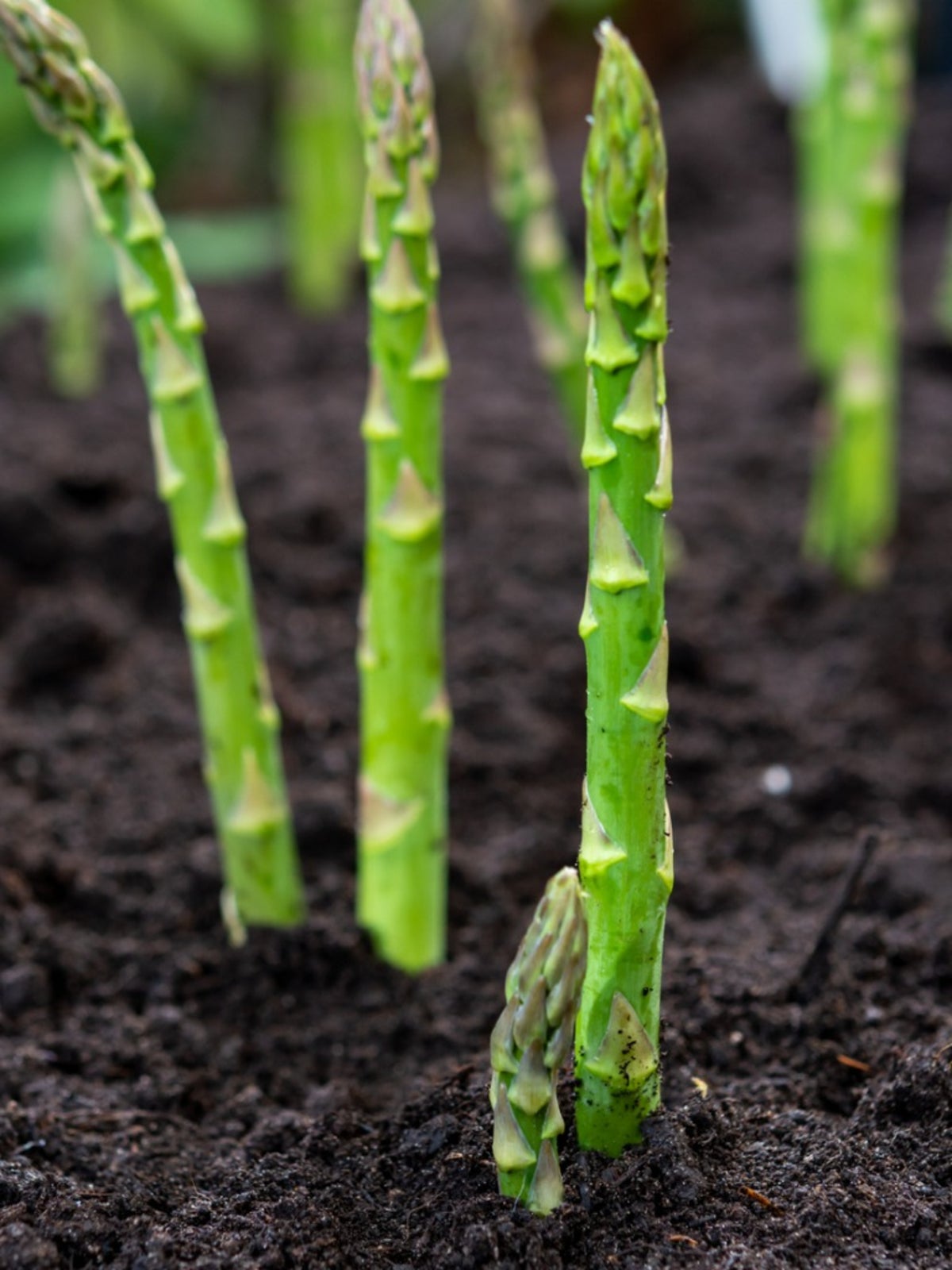 What Is Asparagus Rust: Tips On Treating Rust In Asparagus Plants
What Is Asparagus Rust: Tips On Treating Rust In Asparagus PlantsAsparagus rust disease is a common but extremely destructive plant disease that has affected asparagus crops around the world. Learn more about asparagus rust control and treatment in your garden using information from this article.
By Mary H. Dyer
-
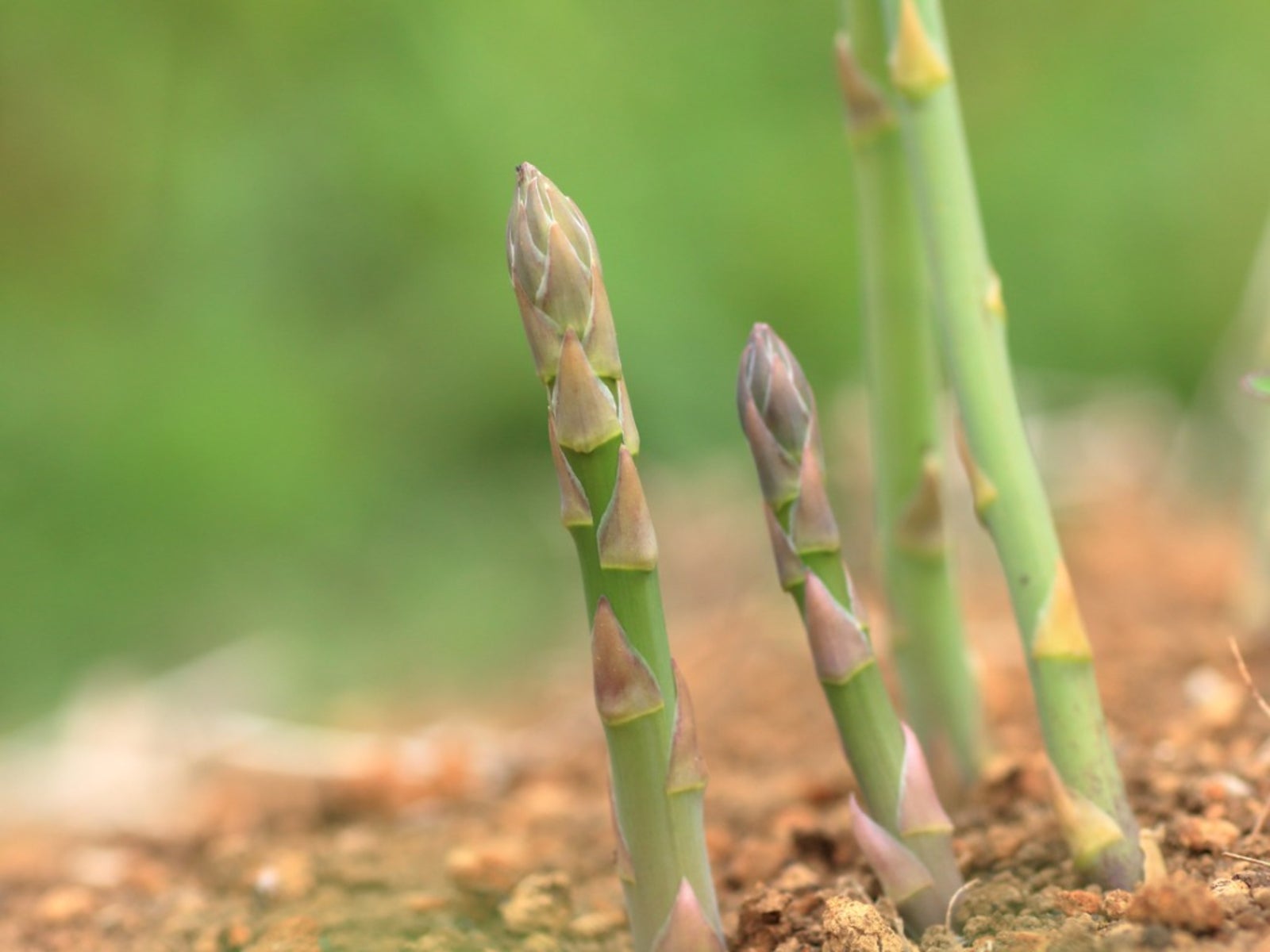 Rotting Asparagus Plants: Treating Asparagus Crown And Root Rot
Rotting Asparagus Plants: Treating Asparagus Crown And Root RotAsparagus crown and root rot is one of the most economically disastrous diseases of the crop worldwide. Asparagus crown rot is caused by three species of Fusarium. Learn more about controlling asparagus fusarium crown rot and root rot here.
By Amy Grant
-
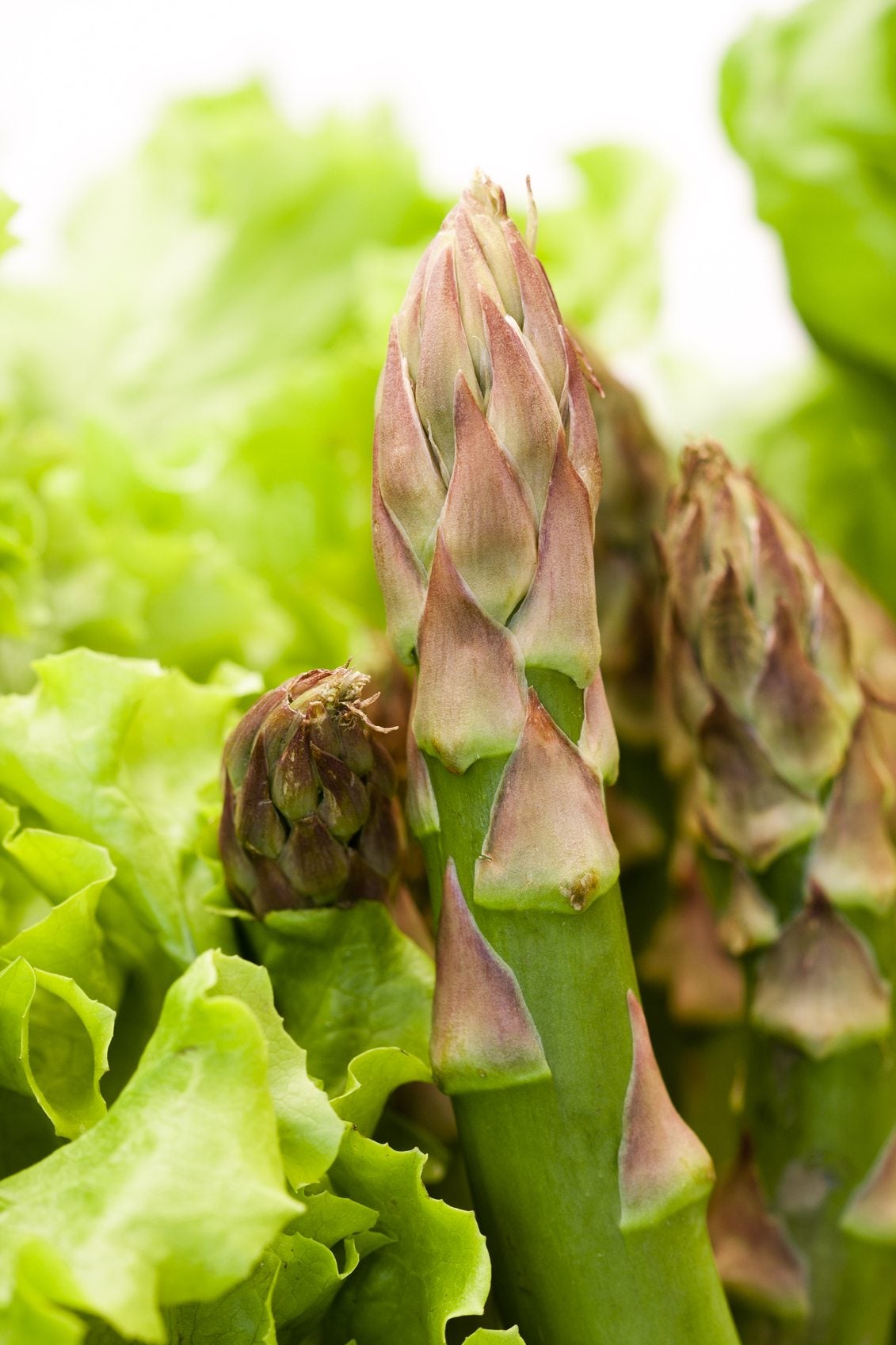 Asparagus Companion Plants – What Grows Well With Asparagus
Asparagus Companion Plants – What Grows Well With AsparagusAsparagus plant companions are plants that have a symbiotic relationship, one that is mutually beneficial to each. In the following article, we will discuss the benefits of companion planting with asparagus and what grows well with asparagus.
By Amy Grant